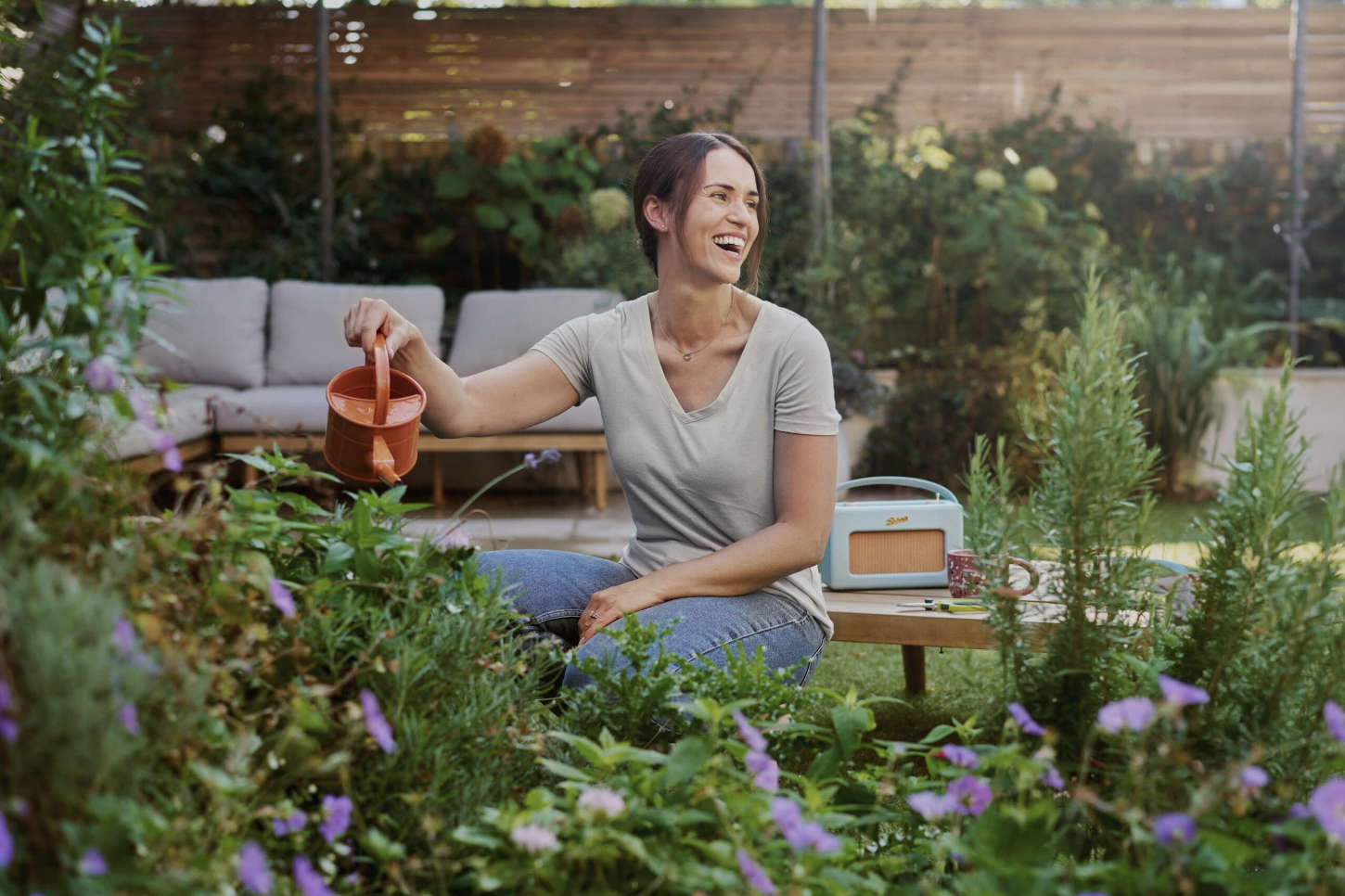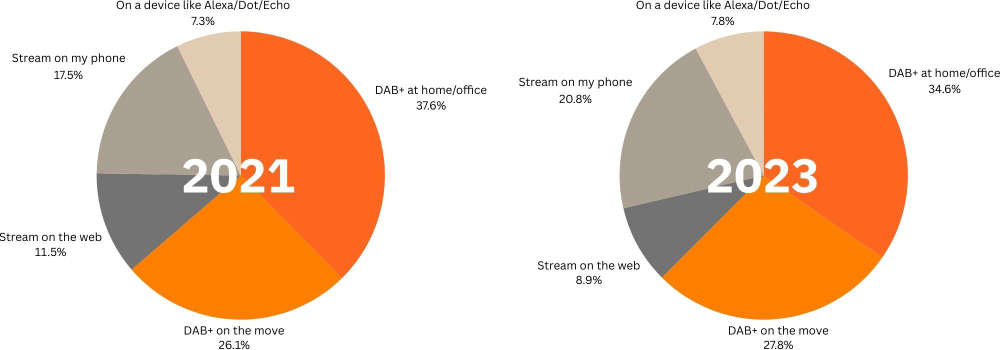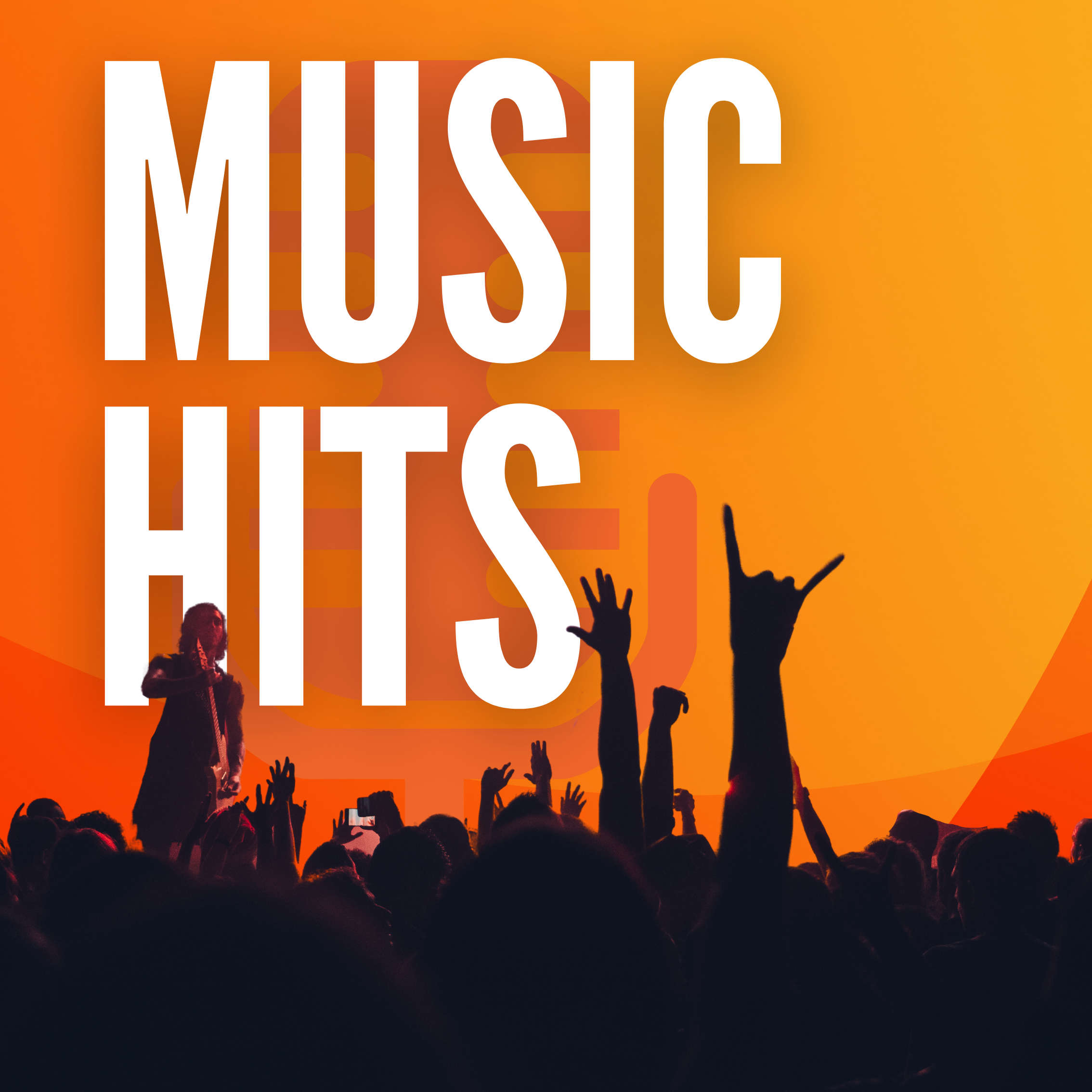How are people listening to radio - the stats
At WRS, we think we have a pretty good gauge on how, where and why people are tuning in to radio, but here's what the data says.
The majority of radio listening takes place at home at a whopping 63% - that's according to DigiMig WG at Atelier Radiophonique Romand in February 2024. Coming in at second place by a significant jump is the office or school at 18%. In-car listening follows at 13% of total radio use.

For decades, FM was the main way people listened to radio, but it is now becoming redundant. WRS ceased transmission on FM transmitters over 10 years ago, but even in stations broadcast on FM, DAB and online, 80% still prefer to listen digitally. Half of radio listeners, or 45% of the population, only use digital reception channels, compared to 10% of the population who only listen to radio via FM. Around 31% use both. The proportion of people who do not use radio at all is 12%.
2024 marks an important year as Swiss public broadcaster, SRG SSR announced it would cease FM broadcasting by the end of the year, ahead of the official FM switch-off, set at the end of 2026 by OFCOM/BAKOM.

Digital radio use has grown steadily since 2015: radio use via IP has increased from 26% in 2015 to 39% in 2023, while use via DAB+ has almost doubled in this period (2015: 23%, 2023: 41%). In German-speaking Switzerland, DAB+ is the most frequently used reception channel at 43%, while IP is ahead in French-speaking Switzerland at 41%.
WRS asked listeners to tell us how they were listening in 2021 & 2023. Here are the results:

Overall the means of tuning in show a similar breakdown, but phone streaming shows the greatest growth in just 2 years from 17.5% to 20.8% of those surveyed.
But why and how do people tune in? According to a report conducted by Radiocentre, based on two studies by independent research agency Differentology, 75% of UK adults now listen to commercial audio services for an average of 15 hours every week. Audience growth is driven through improved availability of audio, in the form of wider distribution (increased penetration of new devices) and enhanced relevance of audio in people’s lives, meeting their evolving needs. Live radio remains the lead audio format, complemented by evolving on-demand audio services - such as podcasts.

How are you listening to the radio? Do you prefer podcasts or the thrill of live? Let us know in the comments below.


Comments
Add a comment